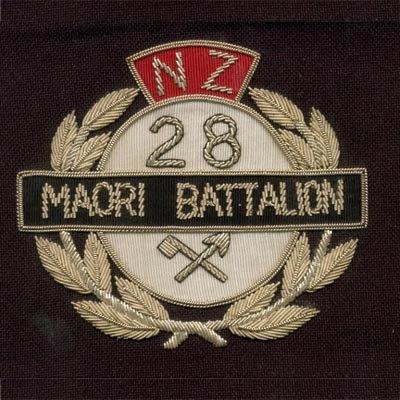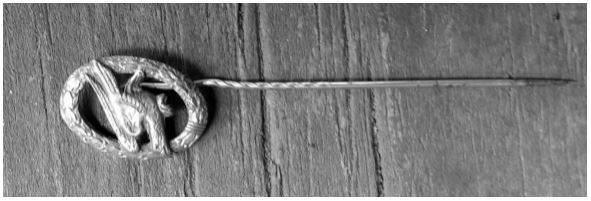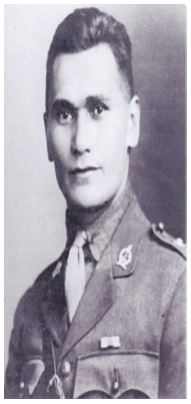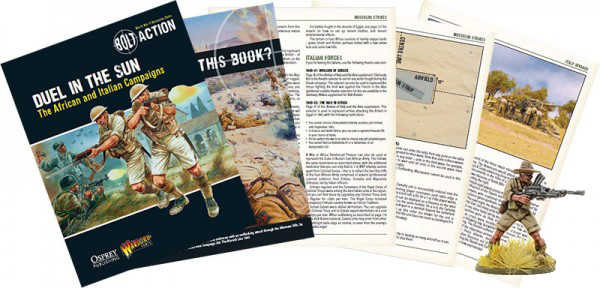Continuing on from Part 1 as David Hunter looks at representing 28 (Maori) Battalion in Bolt Action:

From Olympus Pass to Forty-Second Street, Greece and Crete, 1941
The German parachute assault on Crete was launched on the 20th May 1941. The Maori were ready and waiting in their rifle pits along the Paltanias River, near the vital Maleme Airfield:
Our eyes and minds boggled with what we saw and heard . . . the air was filled with billowing parachutes of various colours, white, red, green and brown.’ – Private Mohi Pitiroi quoted in Te Mura O Te Ahi.
We looked spellbound at the great wall of three-engined planes. The fighters and bombers had left the skies to the formation upon formation of troop carriers and troop carrying gliders. – Ma Te Reinga, Major H. Dyer
Several times during the fighting around Maleme, German Fallschirmjaeger feigned surrender and when the Maori advanced to take them prisoner, threw grenades which, on the first and all subsequent encounters, provoked a savage response:
The first use of the bayonet by New Zealand troops in the war, for with a yell of ‘Surrender be ———-!’ the Maoris charged and killed twenty-four Germans. Those not actually engaged assisted with hakas. – 28 Maori Battalion, J. Cody
Dead and captured paratroopers were stripped of the much prized ‘Luger’ pistols (often in fact Walther 38s) and also their automatic weapons and ammunition and grenades. The MG34 ‘Spandaus’ in particular proving very popular with the Maori, who used them with relish against their former owners in the months and years to come.
 A Fallschirmjäger collar pin acquired by Lieutenant Hayward
A Fallschirmjäger collar pin acquired by Lieutenant Hayward
A second wave of paratroopers landed right on top of the Maori positions causing massive confusion and displays of individual initiative (and indiscipline) as the Maoris sought the enemy out:
Corporal Kopu put his red cross brassard in his pocket, teamed up with one of the company cooks, Private Curran, and the pair went off together. Private George McDonald, a signaller who also had no right to be away from the telephone, returned with a grin on his face and his shirt covered in blood. ‘They got me Sir but I can still mind the telephone’, he told Major Dyer. He lay down beside the phone and kept in touch with Battalion Headquarters until he fainted from loss of blood. – 28 Maori Battalion, J. Cody
There was no order but we stood up and charged forward . . . The Gouns [Germans] let out a shriek or two and the rest bolted down the hill like rabbits, over stone walls, plunging through vines. Very soon the MGs opened up together with the mortars and we got back quickly. – Lieutenant MacDonald quoted in 28 Maori Battalion.
The fighting was exceptionally fierce amongst cornfields and in vineyards where Bren gunners fired from the hip. Eventually the Maori positions were cleared of the enemy and a counter-attack launched towards Malmene Airfield in the small hours. This attack eventually bogged down in the face of intense machine gun fire and the whole of the British force withdrew to positions along ‘Forty-Second Street’. Around this time, the Maori were joined by several stray Greek soldiers and some armed civilians who fought alongside them in the following days.
Forty-Second Street was a key road covering the approaches to Suda Bay, from which the British forces would eventually evacuate. 141 Mountain Regiment approached the Maori positions and were caught in the flank by a bayonet charge:
Section after section of the enemy was overrun as the Maoris fanned out and swept around them and then went in for the kill. Some used rifle and bayonet, some threw grenades, and some rushed forward with Spandaus at the hip while their mates ran alongside carrying the belt containers. – 28 Maori Battalion, J. Cody
During this action, German mountain troops advanced using Greek civilians as human shields and many Greeks were killed by fire from both sides.
By this time, Crete had clearly been lost and there was a general withdrawal to Suda Bay. The Maori gave their stretcher-cases captured Lugers and instructions to kill at least one enemy if their column was overtaken. Some men were too badly wounded to be moved and the medical staff remained behind with them. Several rearguard actions were fought on the way and the village of Armenoi, which was in German hands, assaulted through in marching column with fixed bayonets and Brens and Spandaus blazing. The Maori, most often the rearguard and prone to sending too-closely pursuing Fallschirmjaeger scuttling by sudden bayonet charges, were eventually evacuated from the beaches in two parties, though they had to board their ships with tommy guns at the ready to deter rushes from the host of stragglers and deserters who thronged the dockside.
Despite several local victories for the Maori Battalion, the campaigns in Greece and Crete had ended in utter defeat. However the battalion had gained an outstanding reputation, albeit at a heavy cost in lives.
Inform KELA [28 Maori Bn] that GOC intends to cable NZ informing of their splendid conduct and dash during the operations of the last few days. – message from General Freyburg quoted in 28 Maori Battalion.
The greatest surprise of all of course was the Maori. Even though I was with them before the show I was probably one of the greatest doubting Thomases of all. I expected them to go in to a thing like a bayonet charge of course because it was in their nature, as we knew it, to show that flash of spirit. With the rigid discipline we have maintained in the main body I expected that we would be able to control them in those situations. Both of these surmises proved correct. What I definitely did not predict however was the almost stoical way they sat down under the strafing that he gave us, in our trenches & when out on the move. There was no one to compare with them & and other units are the first to admit it. – Captain F. Baker in a letter of 16 June 1941 held by the Alexander Turnbull Library MS-Papers-4299-37
 Captain Harding Waipuke Leaf, M.C.
Captain Harding Waipuke Leaf, M.C.
Captain Harding Waipuke Leaf, M.C. Enlisted for WWI in 1914 and served in Gallipoli and on the Western Front. A Captain with the 28 (Maori) Battalion in WWII. Killed in action in Crete 1941.
Sources
The following books are the official histories of campaigns or units, unit diaries kept during the war, or, in the case of Te Mura O Te Ahi, an unofficial history drawing on several contemporary sources and, in the case of Ma Te Reinga, an account by a man who served as a senior officer and commanded the Battalion for a time.
Ma Te Reinga/By Way of Reinga: The Way of the Maori Soldier, H. Dyer, 1953
Crete, D. Davin, 1953
28 Maori Battalion, J. Cody, 1956 (available online at 28maoribattalion.org.nz)
Te Mura O Te Ahi: The Story of the Maori Battalion, Wira Gardiner, 1992
28 (Maori) Battalion Diary, published online at 28maoribattalion.org.nz
Part 3 sees David looking at how to represent the 28th (Maori) Battalion in Bolt Action with a full army selector points list:
Duel In The Sun
Re-fight battles such as Tempe Gorge and Maleme Airfield with the special scenarios included in the Bolt Action campaign book Duel In The Sun:







